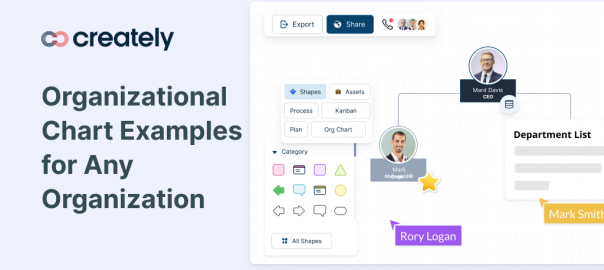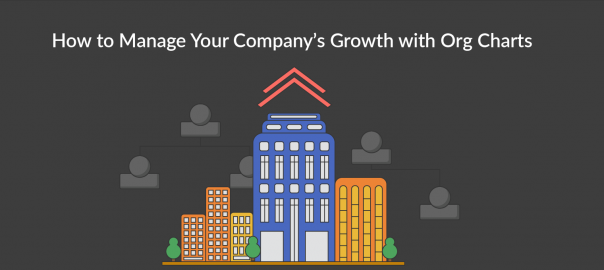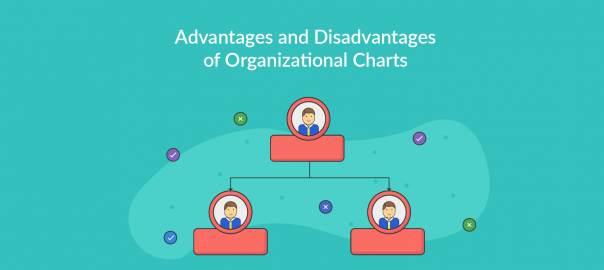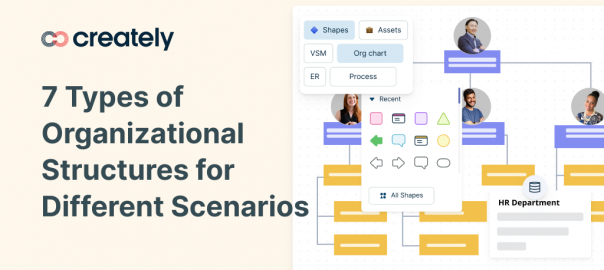In order to make sure that your new employees perform to the expected level, you need to give them proper training – from day one onward. Onboarding new employees is not always easy, as it requires you to help them… Read More


In order to make sure that your new employees perform to the expected level, you need to give them proper training – from day one onward. Onboarding new employees is not always easy, as it requires you to help them… Read More

All the organizational chart examples listed below can be edited online using our org chart software. Once you’re done you can export them and add them to your presentation, website or document. Below are some of the most popular templates…. Read More

Flat organizations are when the organization has few or no levels of management between everyone in the organization. It is a popular topic these days and many organizations try to become flat organizations. Some organizations naturally evolve into becoming flat… Read More

A growing company brings more than one challenge to any leadership team. Going from a 3 person team to a 10 person company to then growing to 20 or 50 people brings about extremely different sets of challenges. Left unmanaged,… Read More

Although extremely useful for many purposes organizational charts are not for everybody. In our previous articles we’ve covered types of org charts and best practices to follow when creating org charts. Now lets look at advantages and disadvantages of organizational… Read More

In one of our previous articles, we discussed organizational chart best practices. Now let’s take a look at types of organizational chart structures which can be used in different scenarios. And you don’t have to worry about creating them too…. Read More